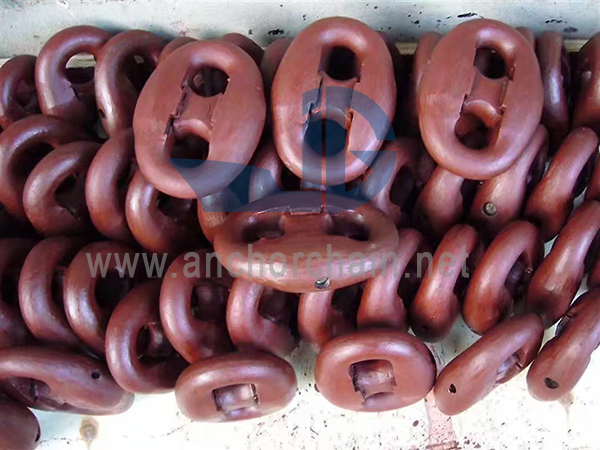Unveiling the Unique Features: Connecting Link Kenter vs. Other Chain Connectors
2024-03-21
In the vast landscape of chain systems and rigging applications, selecting the right connector is paramount to ensuring safety, efficiency, and reliability. Among the array of options available, the Connecting Link Kenter emerges as a distinctive player, offering unique features and advantages that set it apart from other types of chain connectors or joining links. Let's explore the key differences that distinguish the Connecting Link Kenter from its counterparts.
Understanding the Connecting Link Kenter:
Before delving into the differences, it's essential to grasp the fundamentals of the Connecting Link Kenter. This specialized connector is designed to join two lengths of chain seamlessly while maintaining the chain's integrity and load-bearing capacity. Its construction typically comprises a central body, pins or bolts for fastening, and optionally, a locking mechanism for added security.
Contrasting Features:
1. Design and Construction:
- Connecting Link Kenter: The design of a Connecting Link Kenter is tailored for strength, durability, and ease of use. Its construction involves precision forging, machining, and heat treatment to ensure optimal performance in demanding environments.
- Other Chain Connectors: Various types of chain connectors, such as shackles, couplings, and master links, come in diverse shapes, sizes, and configurations. While some may share similarities with the Connecting Link Kenter in terms of function, their design and construction may differ significantly based on the specific application requirements.
2. Load Capacity and Application:
- Connecting Link Kenter: Engineered for heavy-duty applications, Connecting Link Kenters are capable of withstanding high loads and harsh operating conditions. They find widespread use in maritime, offshore, and industrial settings where strength and reliability are paramount.
- Other Chain Connectors: Different types of chain connectors may be optimized for specific load capacities, applications, or industries. For instance, shackles are commonly used in lifting and rigging operations, while master links are prevalent in overhead lifting systems.
3. Ease of Installation and Maintenance:
- Connecting Link Kenter: Designed for easy installation and minimal maintenance, Connecting Link Kenters offer convenience and efficiency in chain assembly and repair tasks. Their straightforward design allows for quick and secure connection without the need for specialized tools.
- Other Chain Connectors: The ease of installation and maintenance varies among different types of chain connectors, depending on factors such as size, complexity, and operating environment. While some connectors may require specialized tools or techniques for installation, others may offer simpler, tool-free assembly options.
Conclusion:
In the realm of chain connectors and joining links, the Connecting Link Kenter shines as a versatile and reliable choice, tailored for heavy-duty applications where strength, durability, and ease of use are paramount. Its distinct features, including robust construction, high load capacity, and simplicity of installation, set it apart from other types of chain connectors, making it a preferred solution in various industries and applications. By understanding the unique advantages offered by the Connecting Link Kenter, users can make informed decisions when selecting the most suitable connector for their specific needs, ensuring optimal performance and safety in chain systems and rigging operations.



